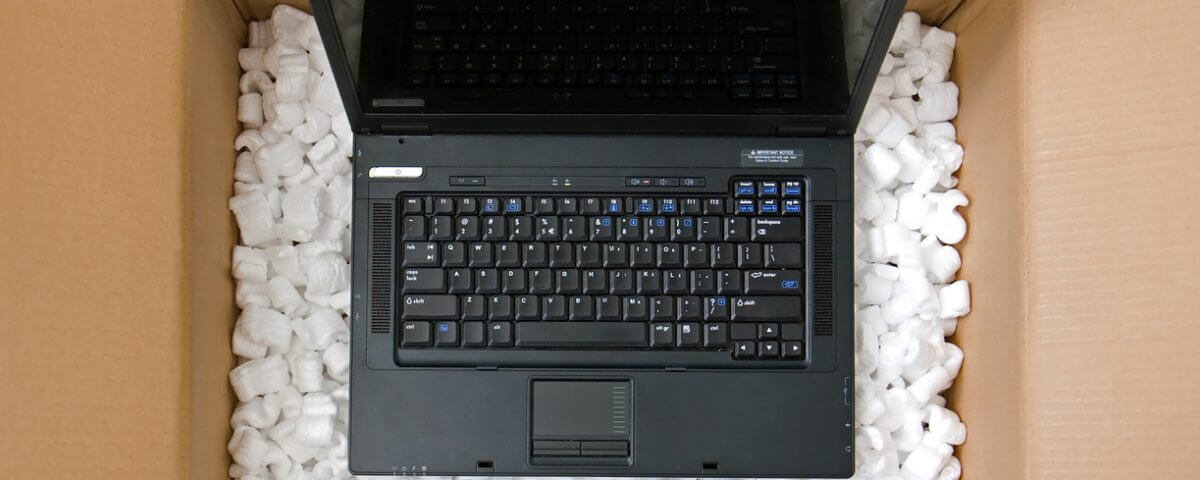
How to Ship a Guitar
December 11, 2017
Freight Shipping at O’Hare International Airport
December 15, 2017How do You Pack a Desktop Computer?

 It’s daunting to pack a desktop computer. With all the powerful tablets and laptops available, we’re used to having our electronics mobile. Yet many businesses have to regularly move desktops capable of even more processing power. How can you safely pack a computer?
It’s daunting to pack a desktop computer. With all the powerful tablets and laptops available, we’re used to having our electronics mobile. Yet many businesses have to regularly move desktops capable of even more processing power. How can you safely pack a computer?
- Make sure you first measure every element you’re shipping. Every part should have a box it can fit into with padding on every side, above, and below. Sensitive electronics should be able to “float” in a box, meaning that they won’t touch the inside of the box. Instead, every surface will be padded. This way, any bump in the road or impact is absorbed by the packing material instead of the tower, monitor, or other equipment.
- Do not attempt to pack the inside of the tower unless you have experience or know someone who does. It is very easy to scratch a sensitive component or to dislodge a part, and a tower can ship safely without having the internal parts padded.
- Make sure you back your data up and take out any flash drives or discs.
- Remove all cables from the exterior tower. If you’re not familiar with how they should be re-attached, take a picture for future reference. Keep these together in a large, sealable plastic bag, and then wrap the bag in bubble wrap.
- Wrap the tower in bubble wrap as a first layer of padding.
- Add layers of packing material to the box you’re shipping the tower in so that it can “float” in the box. Place the tower in the box, right side up. Use packing material to secure the tower so that it isn’t touching any sides of the box.
- Add a return address slip for safety into the box, and then tape it shut securely, using shipping or filament tape. That’s how you pack a desktop!
- A monitor can be similarly packed in its own box. Just make sure you use bubble wrap on the screen. Packing paper should be used as extra padding, but it can scratch the screen in transit, so make sure a layer of bubble wrap separates the two.
- The bag of cables can be shipped along with mouse, keyboard, and other accessories.
